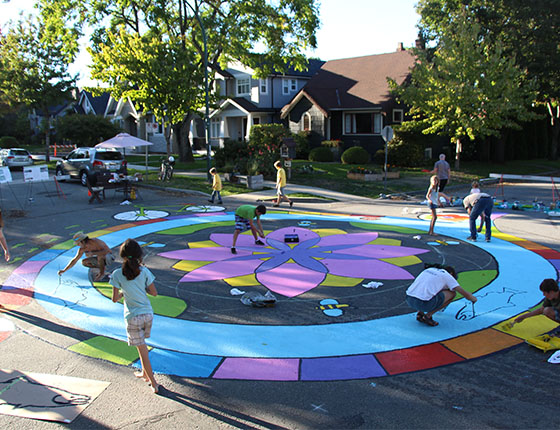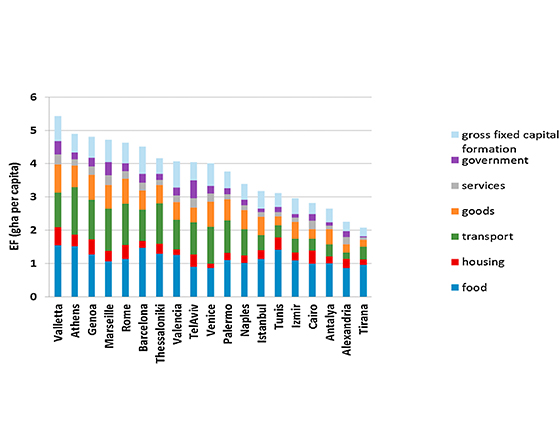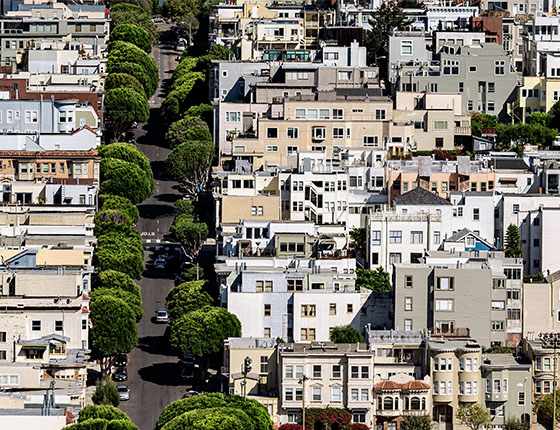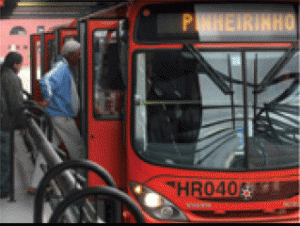 Some 50 square meters of parkland per inhabitant. A food-for-trash program that supports a 70-percent citywide recycling rate: the highest in the world. A public transportation system that carries 1.9 million riders a day, 70 percent of commuter traffic. A vast network of open space, mowed by grass-nibbling sheep, that serves as flood control and offers an attractive alternative to concrete canals.
Some 50 square meters of parkland per inhabitant. A food-for-trash program that supports a 70-percent citywide recycling rate: the highest in the world. A public transportation system that carries 1.9 million riders a day, 70 percent of commuter traffic. A vast network of open space, mowed by grass-nibbling sheep, that serves as flood control and offers an attractive alternative to concrete canals.
These are just a few of the attributes that make Curitiba, Brazil, something of an Emerald City for green development.
Its eco-minded policies have not only won it accolades but contributed to a high quality of life: According to one survey, 99 percent of the city’s residents say it is a good place to live.
And yet the place named the “world’s most sustainable city” this year by the Globe Forum runs risk of becoming a victim of its own success. Affluence is leading to more cars and greater consumption among city residents, while the city’s desirability has contributed to a tenfold increase in population over the last five decades.
“Curitiba is growing rapidly. More and more industries are growing and producing,” Duarte said. An important part of planning for the city’s future, he said, will be in addressing personal consumption and the demands it places on the environment. “Curitiba is considered the ‘ecological capital,’ and we want to keep this title,” said Pedro Américo Norcio Duarte of SENAI/PR, an industrial group that sponsored the study. The city recently released its Curitiba 2030 plan to maintain its status of high sustainability in the future. As part of that goal, it conducted an analysis of its Ecological Footprint to understand its areas of resource pressure and demand. (Download the report, in Portuguese).
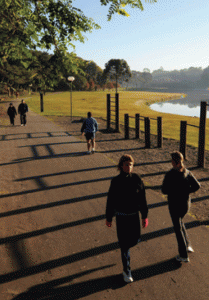 Meat, cars are major factors
Meat, cars are major factors
The Footprint of Curitiba residents is more than 40 percent higher than the Brazilian average—a factor driven largely by affluence. One of the largest contributers to residents’ Ecological Footprint is consumption of meat and other goods and services produced from animals. “The grazing land Footprint makes up nearly half of the average Curitiban’s Footprint and is signficantly larger than the average Brazilian grazing land Footprint,” the report says. The analysis also found that, in spite of the success of public transit, Curitiba residents also spend more than twice the Brazilian average on the purchase and operation of private transportation.
The study is careful to point out, however, that the city’s Footprint would be much higher without its green initiatives. “Curitiba likely has one of the lowest Footprints for a city of its size and wealth,” the report says.
With their supportive government, Curitiba residents can strive to match Brazil’s per capita Footprint, the report says. Changes in diet—for example through the promotion of occassional “VeggieDays,” such as those pursued in Ghent, Belgium—could have significant potential to reduce the Footprint. Also, by maintaining and using to full advantage the city’s public transportation infrastructure, the city can decrease the stock of privately-owned vehicles or, in any event, the miles traveled in them.



